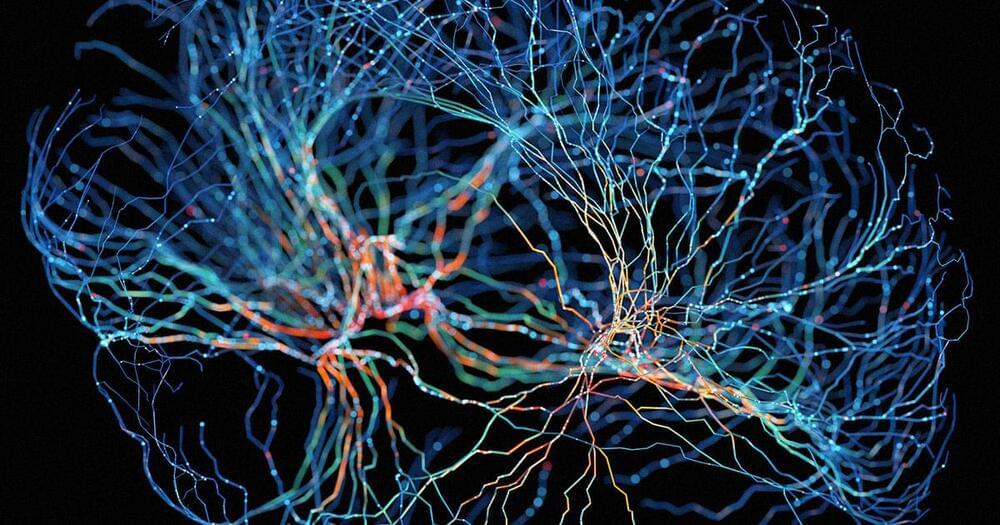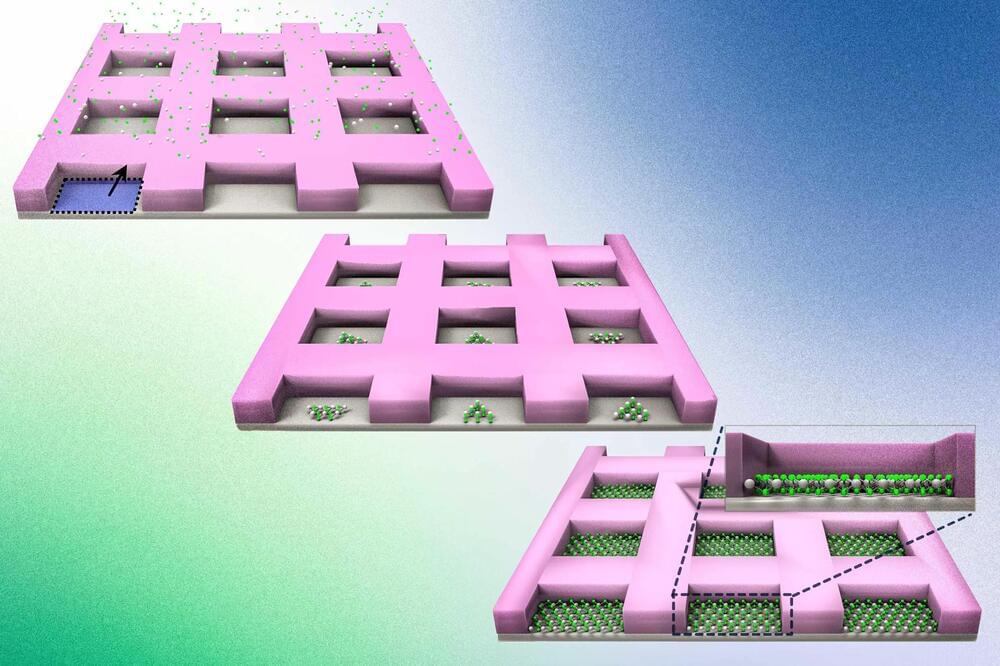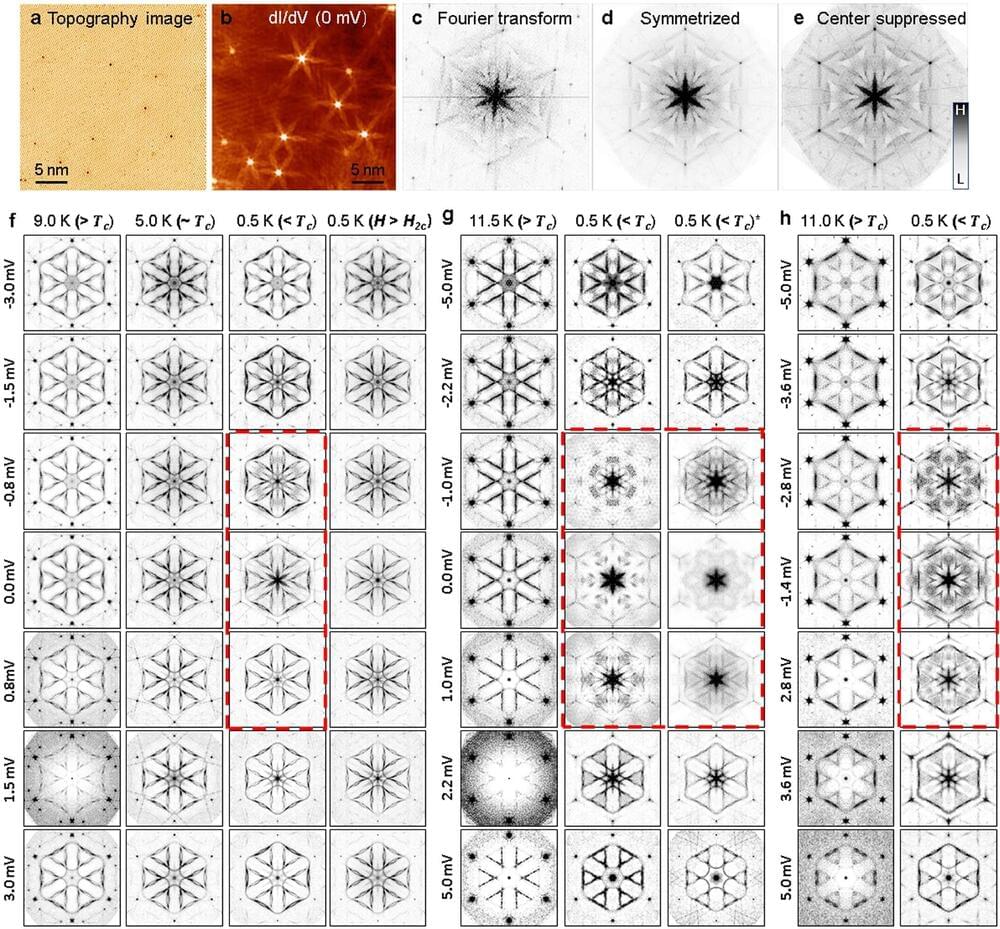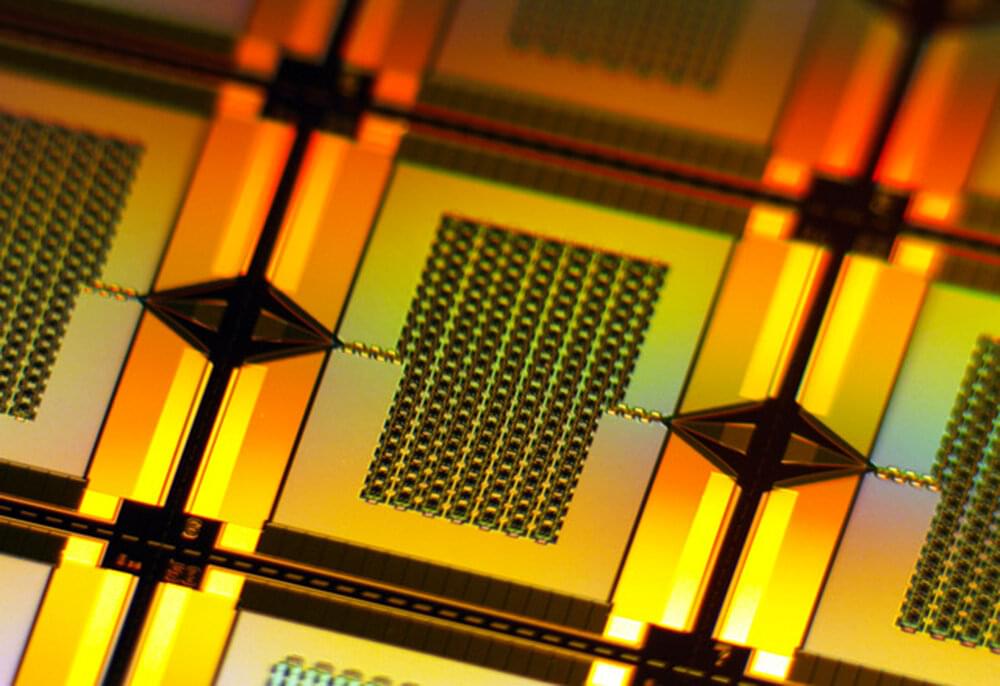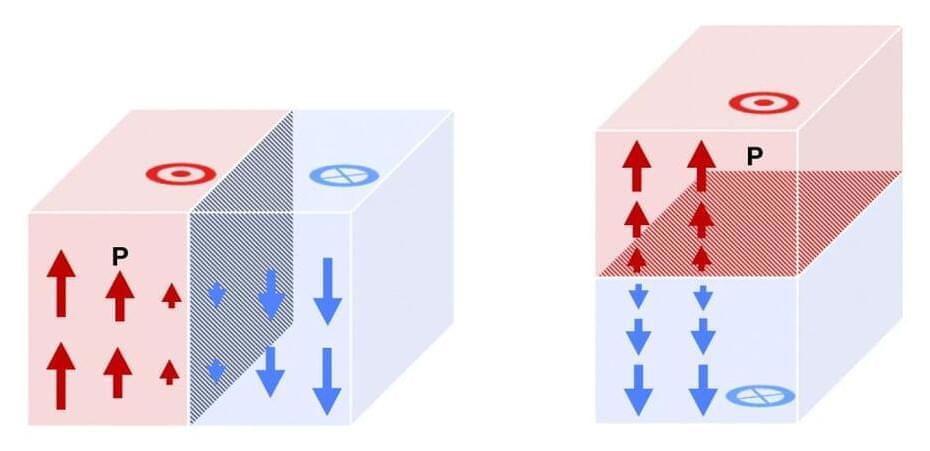Feb 10, 2023
Scientists Say New Brain-Computer Interface Lets Users Transmit 62 Words Per Minute
Posted by Paul Battista in categories: computing, Elon Musk, neuroscience
A team of Stanford scientists claims to have tested a new brain-computer interface (BCI) that can decode speech at up to 62 words per minute, improving the previous record by 3.4 times.
That’d be a massive step towards real-time speech conversion at the pace of natural human conversation.
Max Hodak, who founded BCI company Neuralink alongside Elon Musk, but wasn’t involved in the study, called the research “a meaningful step change in the utility of implanted BCIs” in an email to Futurism.
